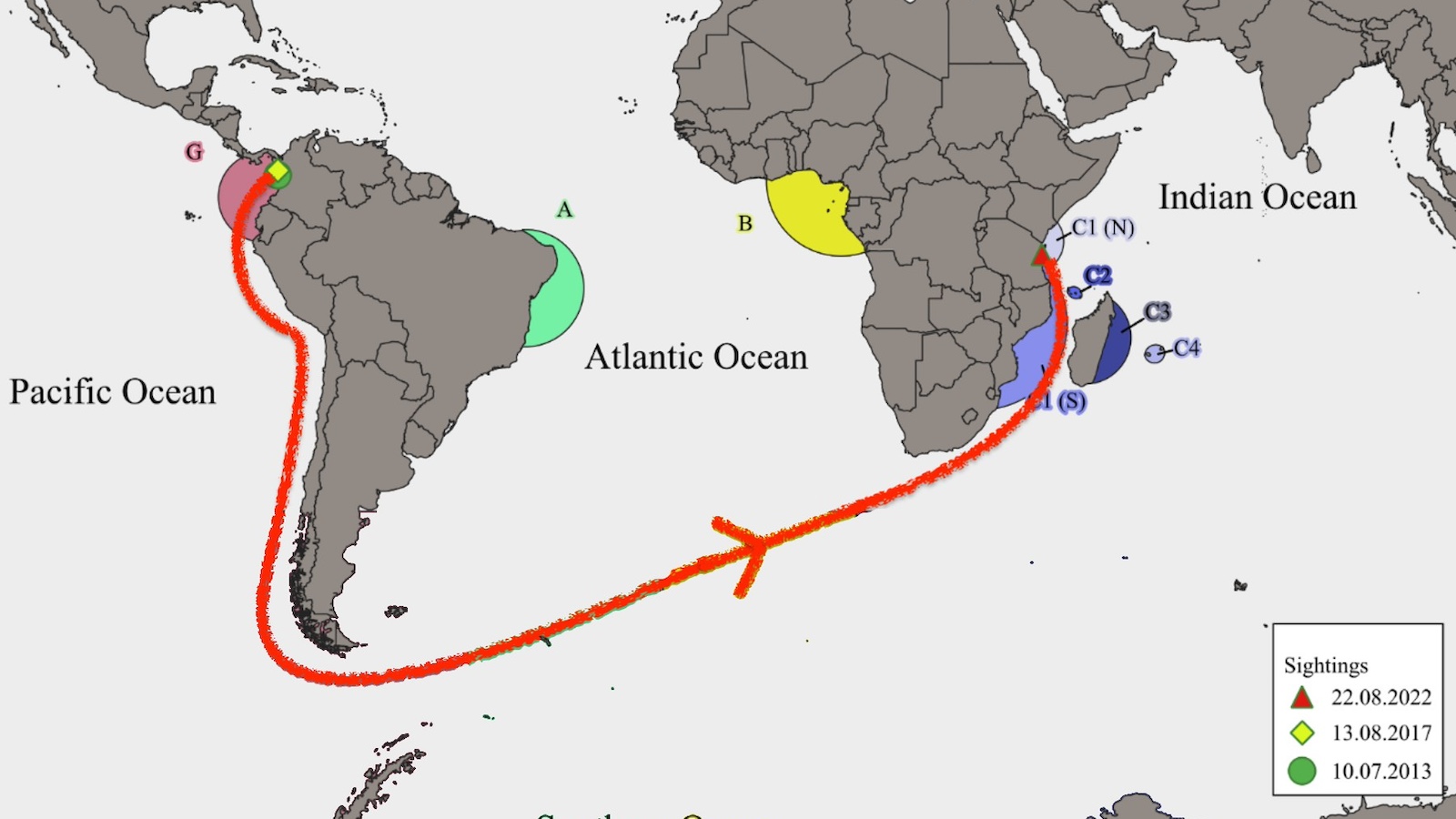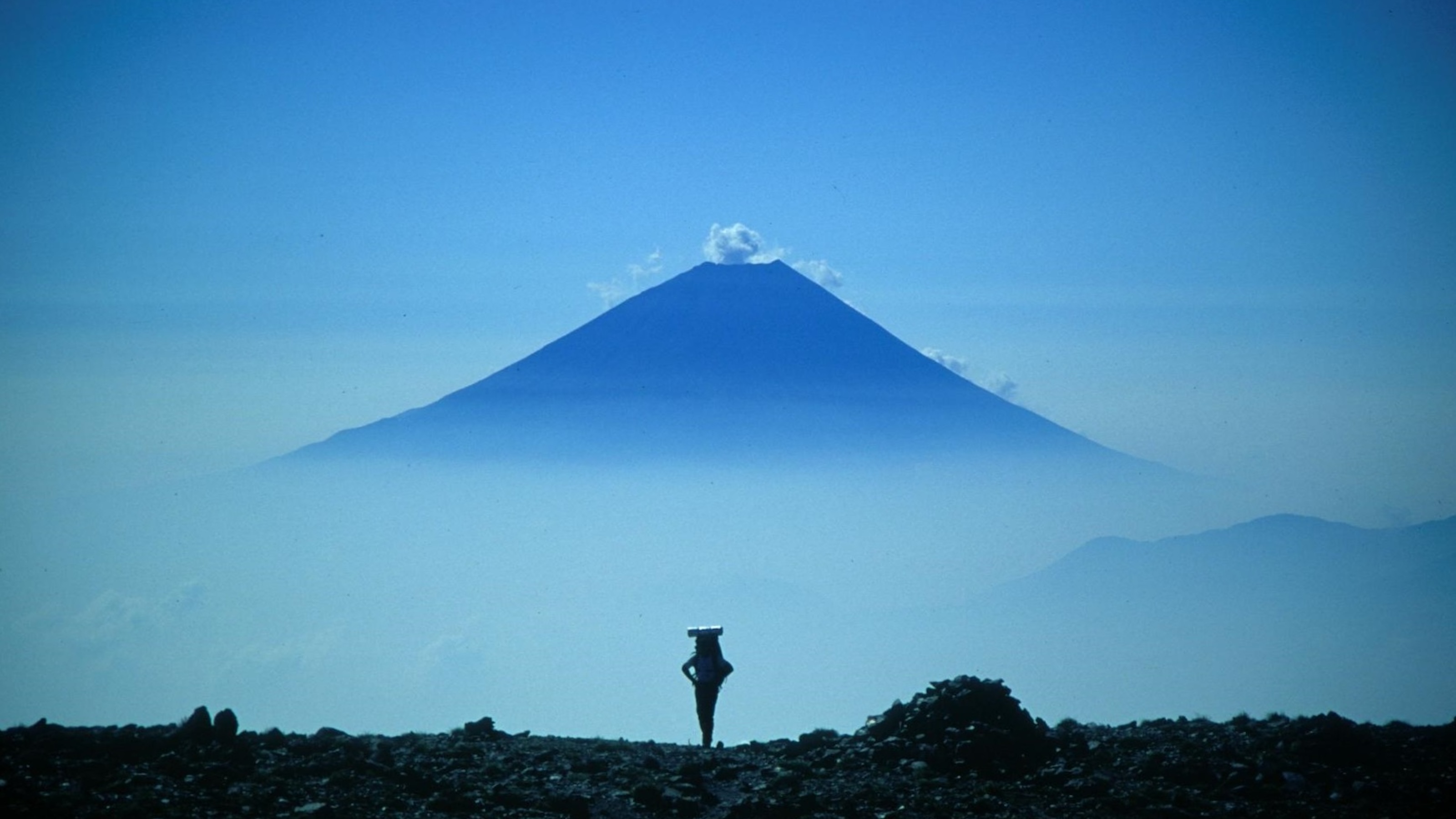The “It” Food For 2013: Quinoa

What’s the Latest Development?
The United Nations Food and Agriculture Organization has declared 2013 the International Year of Quinoa in recognition of the grain-like seed’s “potential contribution in the fight against hunger and malnutrition.” Primary producing countries Bolivia and Peru are trying to meet increased global demand while still encouraging its citizens to continue purchasing it. More growers have begun producing quinoa just for export because doing so brings in more money, but in the Peruvian capital of Lima higher prices have put it out of reach for average consumers.
What’s the Big Idea?
Quinoa has been cultivated in the Andes mountain region for 5,000 years, but it’s only been in the last few years that the food’s health benefits, including its high protein and mineral content, have garnered worldwide attention. However, malnutrition, especially among children, is still a problem in both Bolivia and Peru, and efforts are being made to promote continued consumption of native foods. Ironically, farmers are taking advantage of their new income to westernize their diets, says agronomist Paola Mejia: “Ten years ago they had only an Andean diet in front of them. They had no choice. But now they do and they want rice, noodles, candies, coke, they want everything!”
Photo Credit: Shutterstock.com





